Jaecoo J7 VS Honda CR-V, which is the most worthwhile C-Segment SUV to buy
 JamesNov 07, 2025, 03:52 PM
JamesNov 07, 2025, 03:52 PM
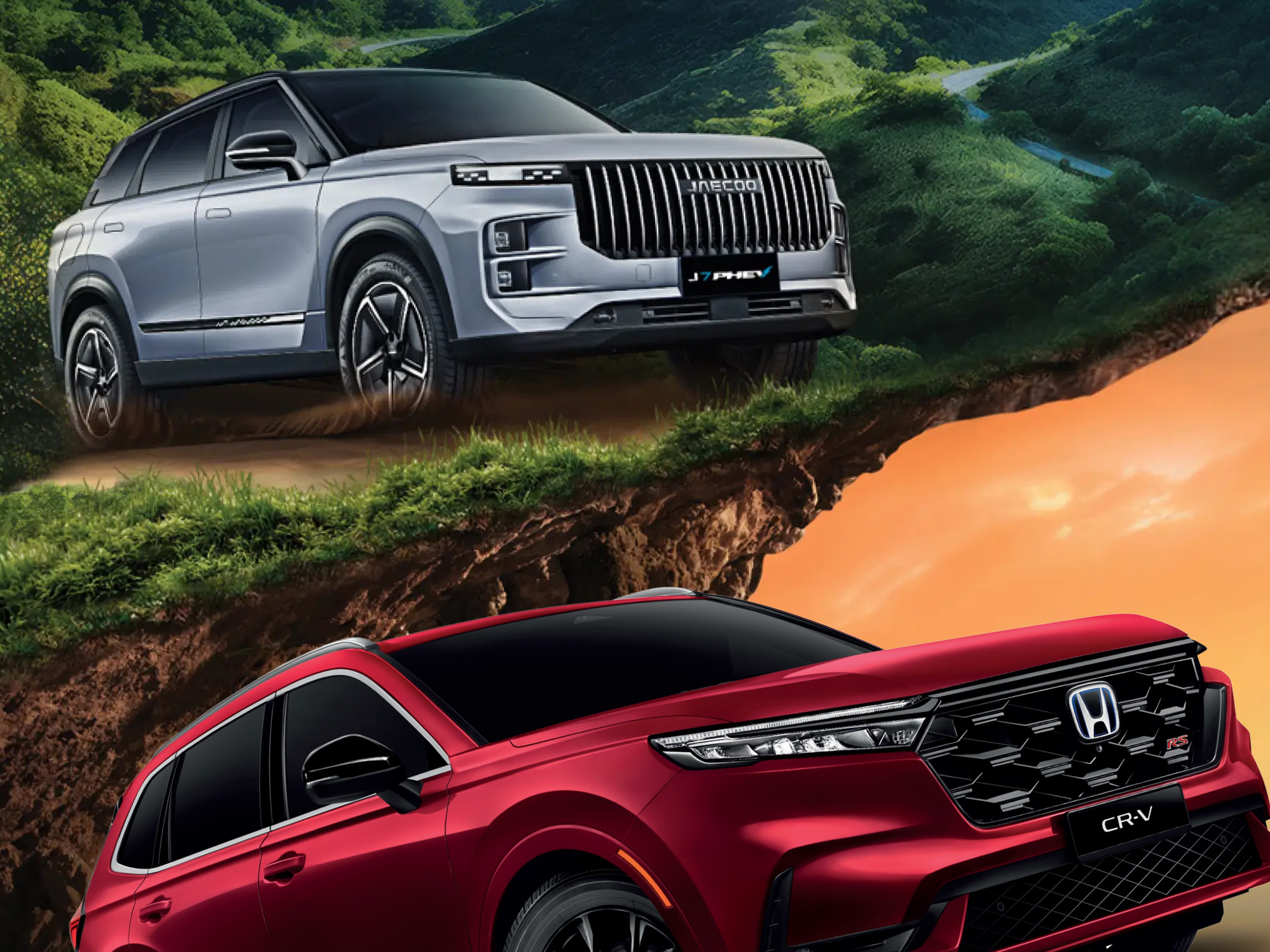
[PCauto] After a period of remarkable sales growth, momentum for the Jaecoo J7—noted for its Land Rover-like styling—has begun to taper off in recent months. This slowdown may suggest the market is maturing, particularly since the J7 has already dethroned the once-dominant Honda CR-V in the C-Segment SUV arena.
In September, the Jaecoo J7 sold 630 units, ranking 8th, while the Honda CR-V sold 600 units, ranking 9th.
Given their similar positioning and features, the two models are natural rivals. However, the J7 ultimately prevailed with its more accessible price and newer technology. Its victory over the established leader by a margin of 30 units is by no means a landslide, but it is still a significant symbolic achievement.
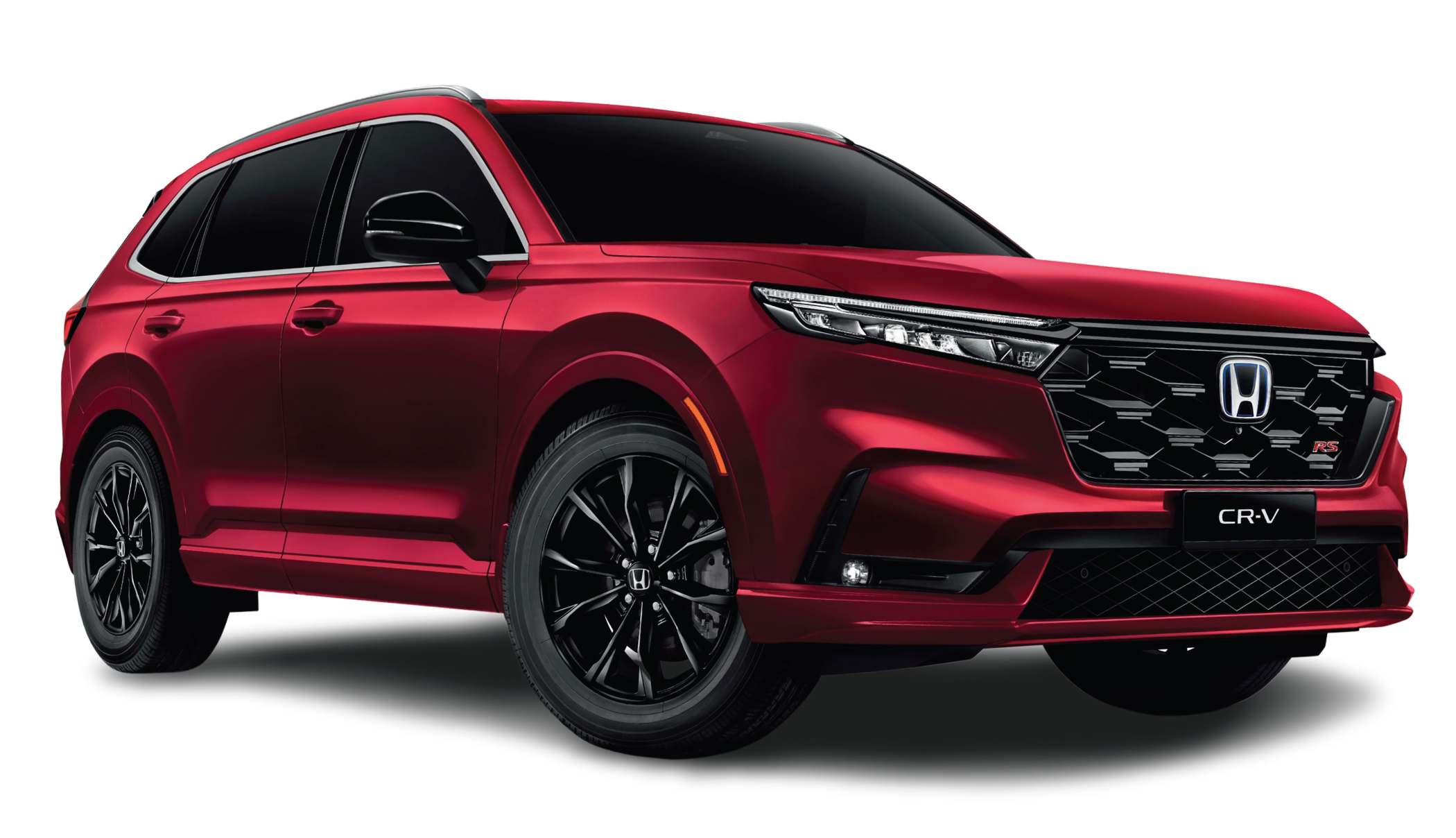
Which is more cost-effective: Jaecoo J7 or Honda CR-V?
So, what's the price tag? The CR-V is positioned as a premium model, with prices ranging from 159,900 to 195,900 MYR targeting buyers who aspire for a quality lifestyle.
For the J7, the price is more affordable, ranging from 138,800 to 158,800 MYR.
This pricing structure means the top-tier Jaecoo J7 undercuts even the base model Honda CR-V. This is a significant price gap. The CR-V relies on its brand reputation and feature set to justify its premium, while the J7 squarely targets the value-for-money segment, courting budget-conscious consumers.
Such a substantial price advantage was undoubtedly the primary driver behind the J7's rapid sales surge over the CR-V.

Which looks better, Jaecoo J7 or Honda CR-V? Which is larger?
The CR-V has a body length of 4691mm, a width of 1866mm, a height of 1691mm, and a wheelbase of 2700mm.
With its signature streamlined grille, automatic LED headlights, and 18-inch alloy wheels, the CR-V presents a refined look that is instantly recognizable. The RS version is sportier, featuring black side mirrors and a roof rack.
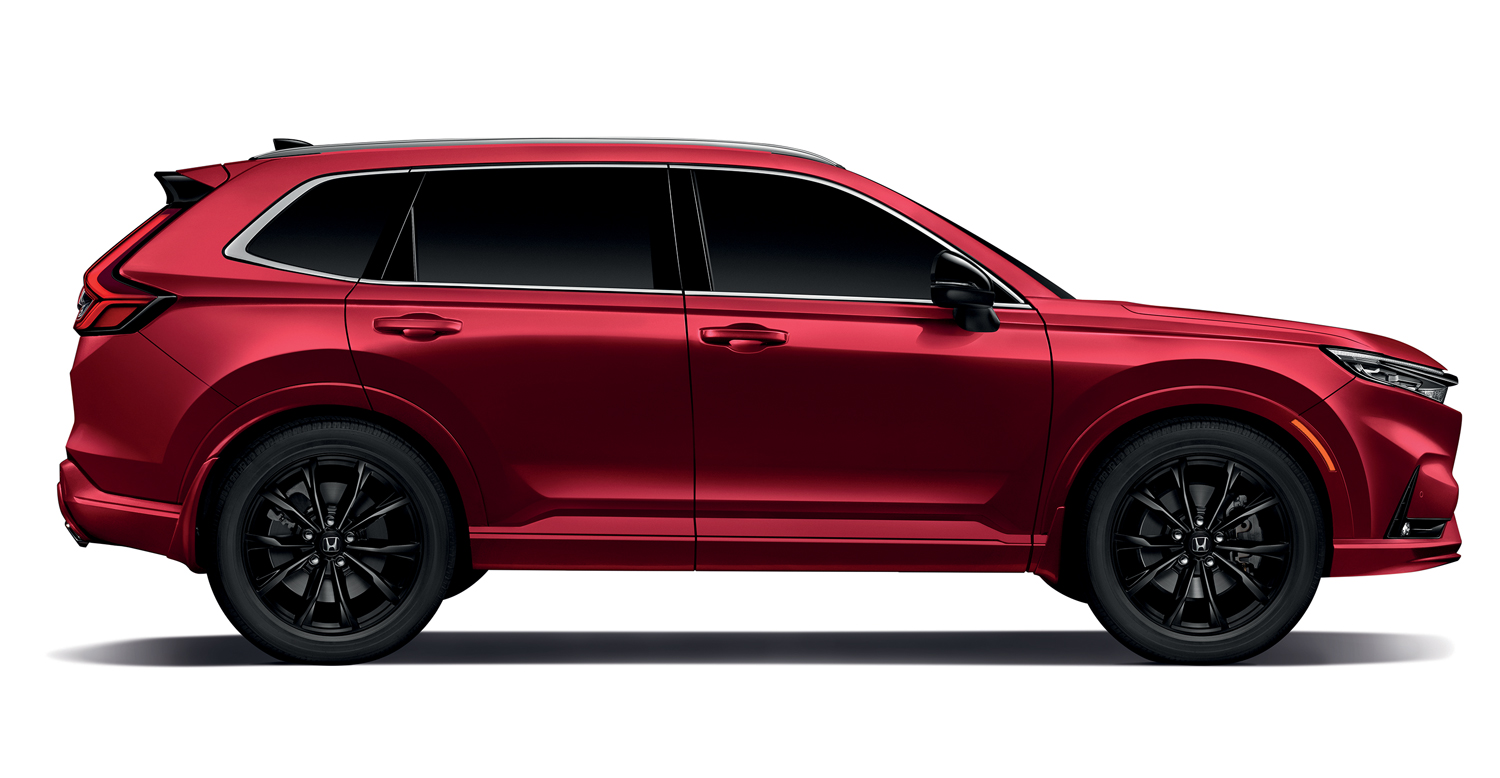
As for the J7, it adopts a modern aesthetic design, with a body length of 4500mm, a width of 1865mm, and a height of 1670mm, making it slightly shorter and lower than the CR-V.
But the J7 comes with 19-inch aero-style wheels, split-type LED headlights, flush door handles, and a distinctive rear bumper. The whole package looks sleek and dynamic.
While practicality and style are core tenets for both, the CR-V leans towards a classic and restrained aesthetic, whereas the J7 projects a more futuristic and avant-garde vibe.
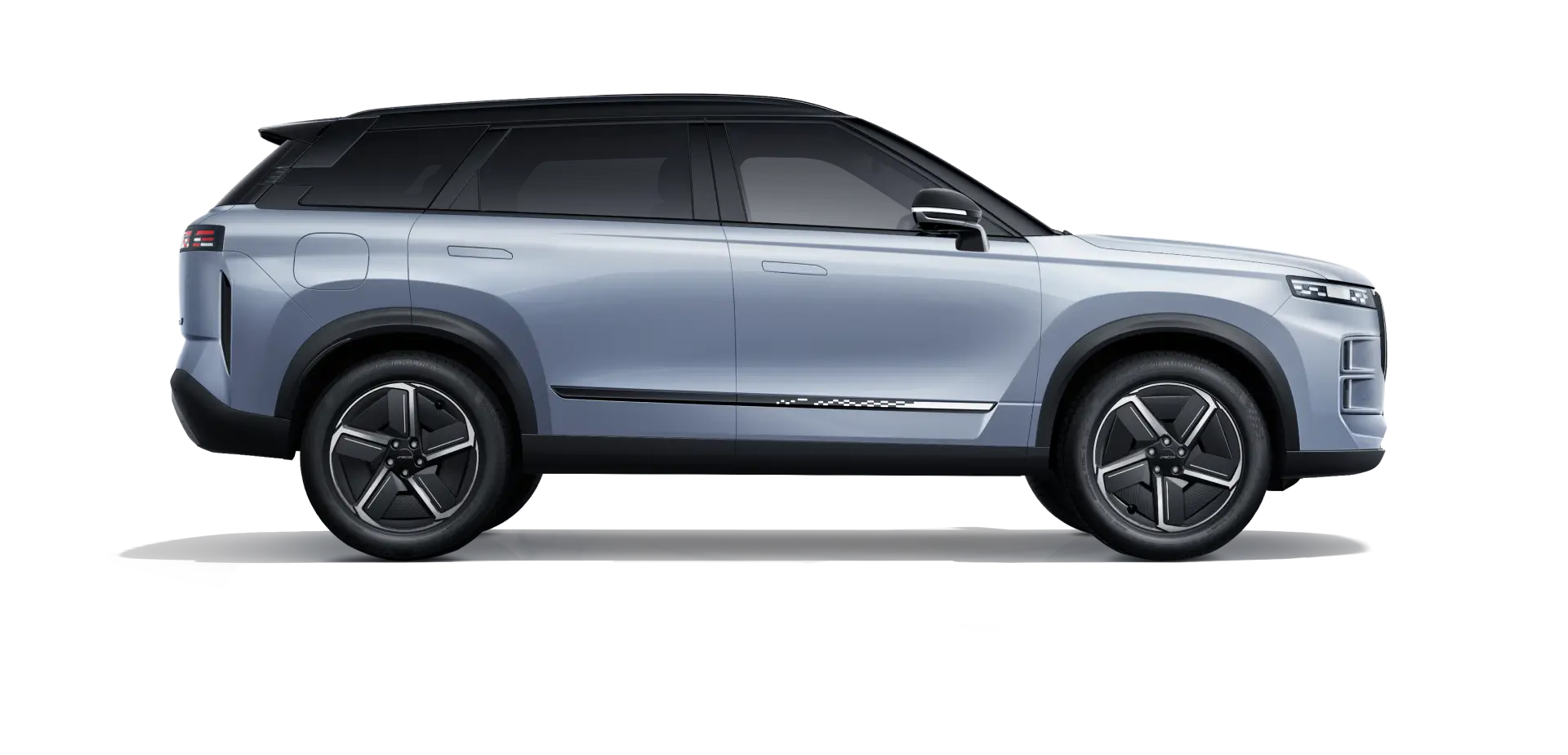
How does it feel sitting inside the Jaecoo J7 and Honda CR-V?
The interior of the CR-V is designed for comfort. It is appointed with two-tone leather seats accented by red stitching, dual-zone automatic air conditioning, and a touch-sensitive cabin light. The overall fit and finish offer a pleasant tactile experience.
The CR-V features a 9-inch central control screen (on higher trims), a 10.2-inch instrument panel, and comes equipped with BOSE audio. It supports wireless Apple CarPlay and Honda CONNECT, which allows for remote functions and service reminders.
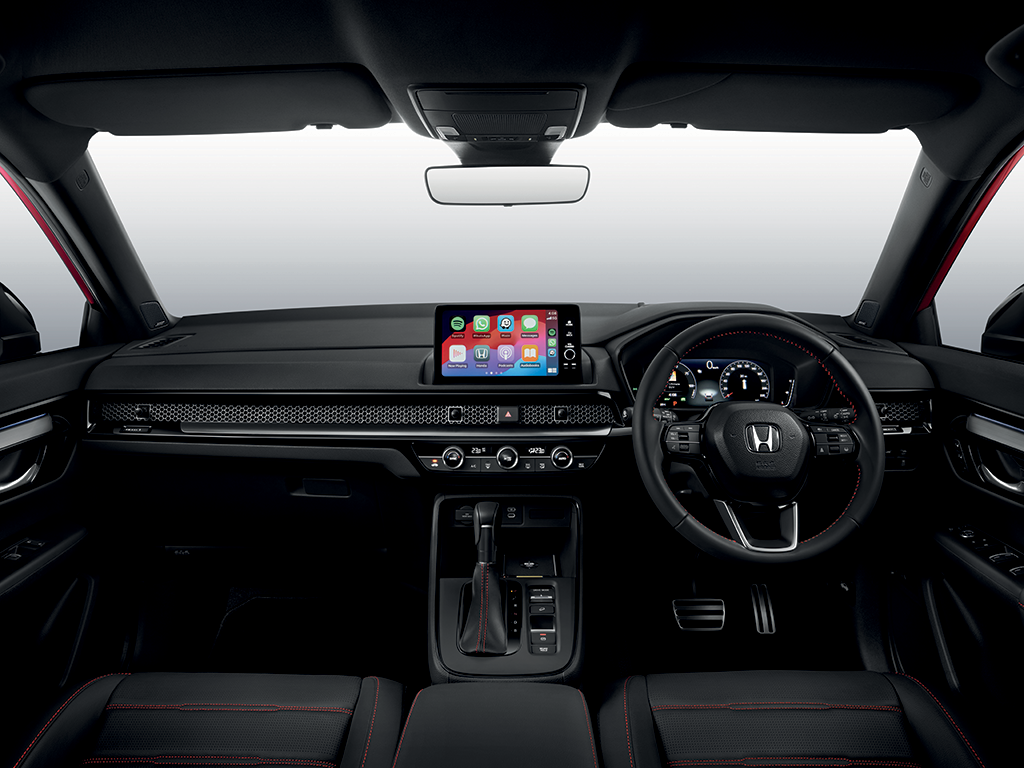
The J7 goes for a smart, minimalist vibe – probably more appealing to younger drivers. It has a larger screen, with a 14.8-inch infotainment system, a 10.25-inch full LCD instrument panel, and 8 Sony speakers. It supports wireless Apple CarPlay and Android Auto. Additionally, it features a Head-Up Display (HUD) and a built-in dash cam, adding to its more technological appeal.
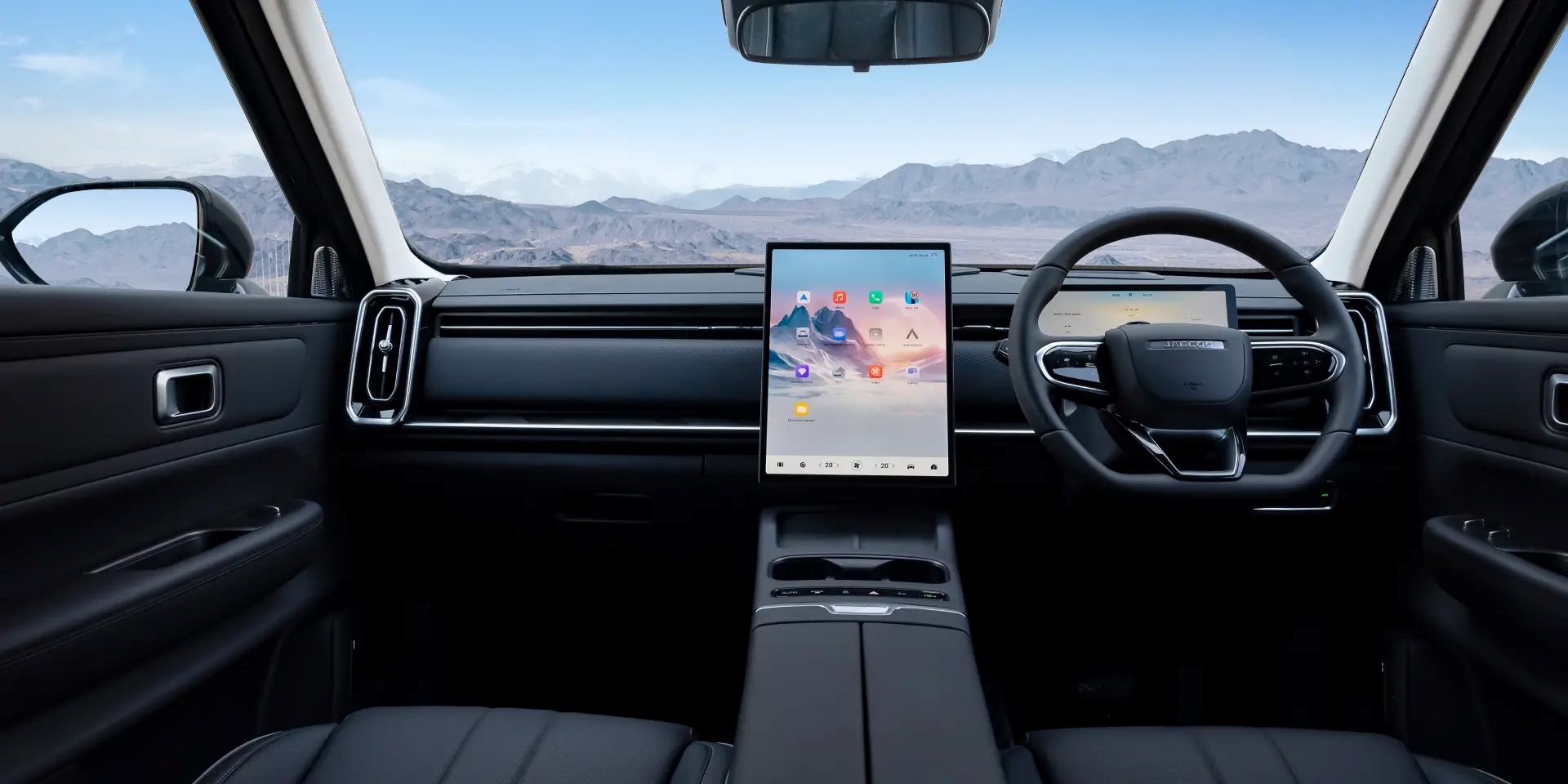
In terms of comfort, the CR-V offers memory seats, wireless charging, and rear Type-C ports. The J7 adds seat heating and ventilation, 4-way electric passenger seat adjustment, and remote air conditioning start.
Each has its merits. You choose the CR-V for its classic virtue of reliability, or the J7 for its digital edge with bigger screens and more features.
Which has stronger performance, Jaecoo J7 or Honda CR-V?
In terms of performance, the CR-V offers two options:
1.5L VTEC turbocharged engine, with a maximum of 193 horsepower, 0-100km/h acceleration in 9.7 to 10.4 seconds.
Additionally, there's a 2.0L e:HEV hybrid, providing faster acceleration — 0-100km/h in just 9.0 seconds, with economy, standard, and sport modes available.

The J7 also comes in both fuel and hybrid versions:
The J7 features a 1.6L turbocharged engine with a maximum of 197 horsepower, paired with a DCT, 0-100km/h acceleration in 9.9 seconds.
The J7 PHEV features a 1.5L turbocharged engine, paired with a DHT gearbox and an electric motor, delivering a maximum system power of 204Ps. It accelerates from 0-100km/h in 8.5 seconds and can reach a top speed of 180km/h.
Specifications give the J7, particularly the PHEV variant, a slight performance edge. However, the CR-V e:HEV counters with a reputation for exceptionally smooth and quiet operation.
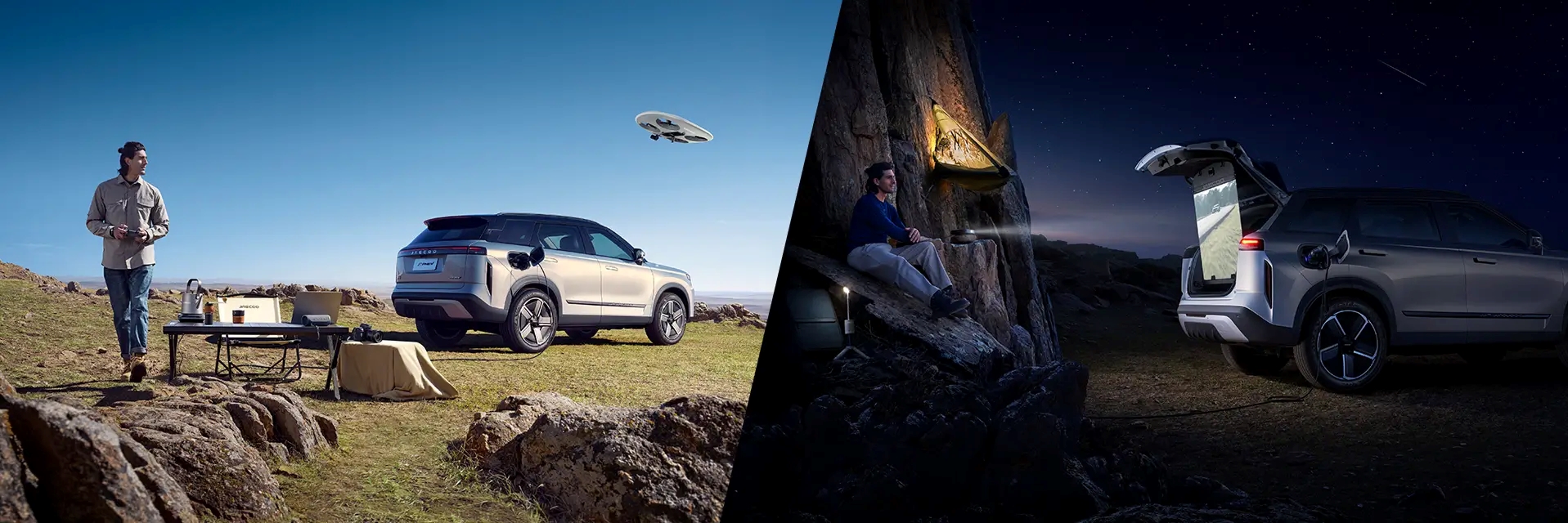
A key distinction lies in the hybrid systems. The CR-V's 2.0L e:HEV touts exceptional fuel economy—as low as 5.0L/100km—as its standout feature. However, it does not support all-electric driving.
The J7 PHEV is a plug-in hybrid (PHEV) and can run 106 kilometers purely on electricity (NEDC standard), with a combined range of up to 1,300 kilometers and a fuel consumption of 4.77 liters per 100 kilometers. Moreover, the J7 PHEV supports DC fast charging, allowing the battery to replenish from 30% to 80% in just 20 minutes. This capability underscores the J7's distinct advantages in all-electric range and charging convenience, making it particularly suited for urban commuting.
Jaecoo J7 and Honda CR-VWhich has the better chassis?
In terms of chassis structure, both the J7 and the CR-V use a front MacPherson and rear multi-link independent suspension. Both cars feature ventilated discs at the front and solid discs at the rear. The CR-V includes Electric Power Steering (EPS) and Variable Gear Ratio (VGR), with a minimum turning radius of 6.0 meters, along with Agile Handling Assist (AHA) for enhanced stability.
With its chassis oriented towards a blend of comfort and control, the J7 is also equipped with an electronic parking brake and auto hold function, making it both engaging and convenient to drive.
Although their suspension designs are similar, CR-V's advantage in handling is a well-recognized fact.
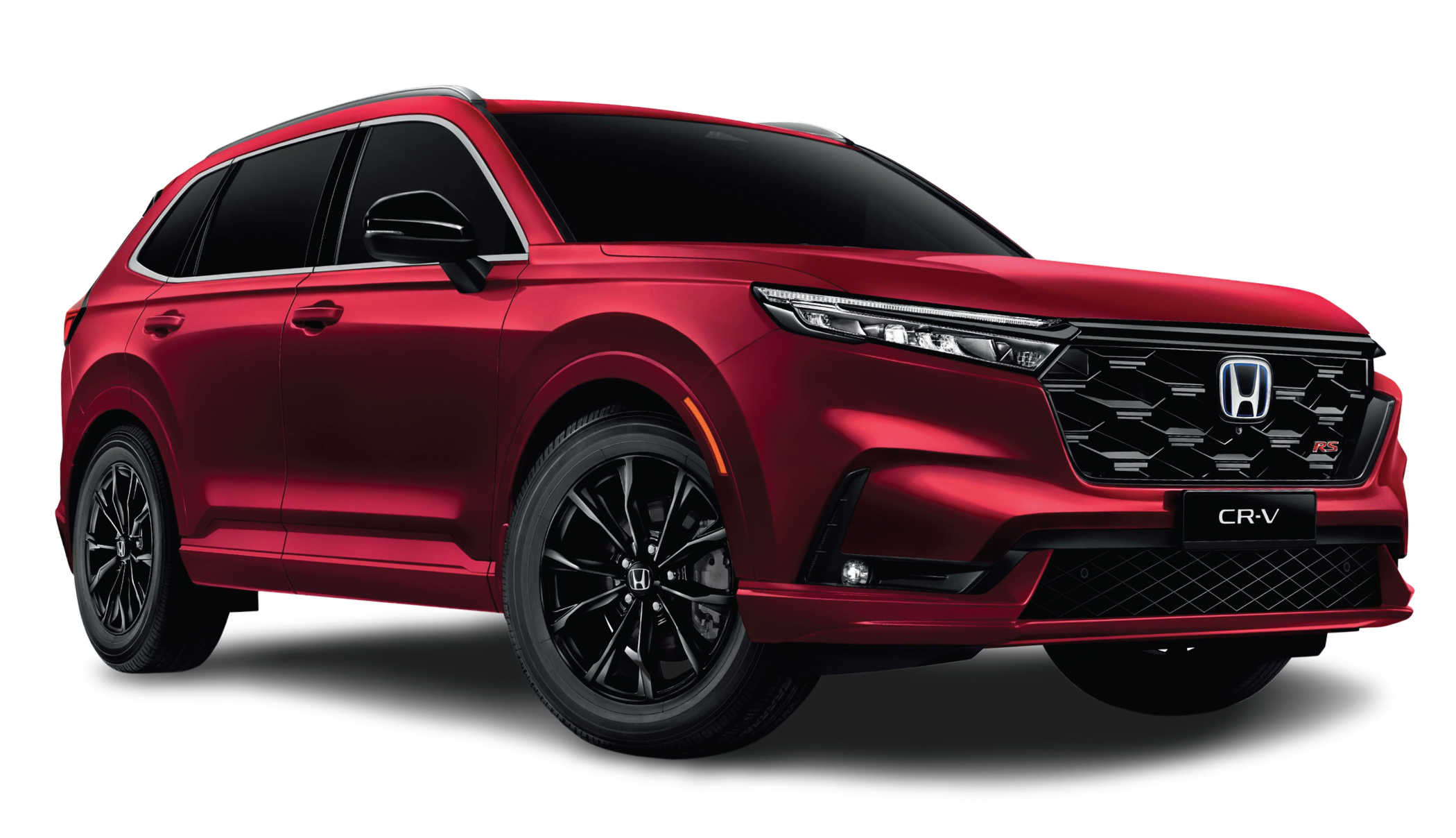
What is the market reputation of Jaecoo J7 and Honda CR-V?
The September 2025 sales figures clearly reflect this market dynamic: J7 sold 630 units, while CR-V sold 600 units, ranking 8th and 9th respectively.
This sales outcome is a direct reflection of their distinct market positioning. The Jaecoo J7 attracts buyers with its competitive price and electric technology, while the Honda CR-V maintains its stance based on brand reputation and feature superiority.
Interestingly, the Honda HR-V from the same brand secured fifth place with 987 units sold, indicating robust demand in the entry-level SUV segment.CR-V owners typically prioritize proven reliability and safety features, such as the Honda SENSING system. In contrast, J7 owners are drawn to its technological offerings and driving range. However, it must be acknowledged that Jaecoo still has work to do in terms of brand recognition.
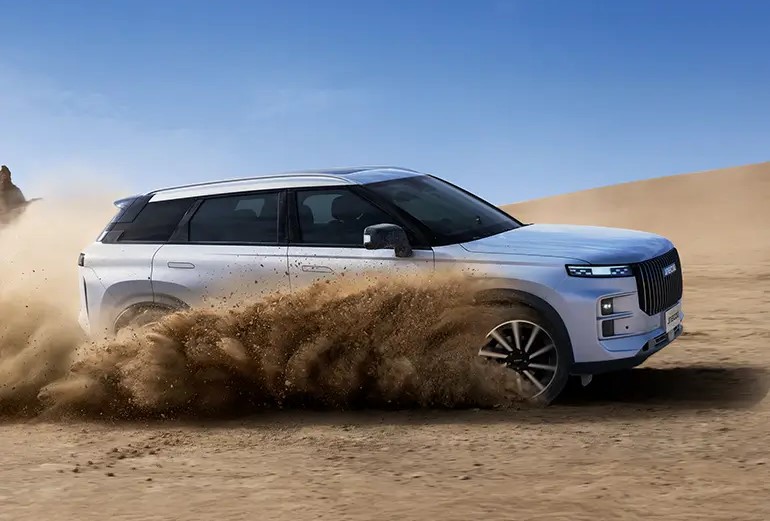
Overall, which is more worth choosing: Jaecoo J7 or Honda CR-V?
The Honda CR-V and Jaecoo J7 ultimately represent a choice between proven legacy and compelling innovation. The CR-V is the complete package-strong brand heritage, a mature hybrid system, and a benchmark for safety and reliability.
As for the J7, with its long PHEV range, affordable price, and tech features, it has become a strong contender in the era of electric vehicles.
Malaysian consumers are increasingly focused on value and electrification. The J7's sales overtaking the CR-V might be a sign of this shift. That said, the CR-V's established reputation and customization options (like genuine accessories) remain very appealing.
Looking ahead, their rivalry is poised to become a key catalyst for innovation in the SUV sector. For consumers, the final decision boils down to a simple question: do they value the proven assurance of an established marque, or the cutting-edge allure of a new contender?
If any infringement occurs, please contact us for deletion
Trending News

BYD Sealion 7 is not only cheaper than Tesla Model Y, what other differences do they have?
Is it better to buy the BYD Sealion 7 or the Tesla Model Y? This really makes one a bit hesitant, but before you make a decision, I recommend you take a good look at this article.

2026 Toyota Hilux Travo released, the brand-new exterior and interior are highly anticipated
If you're considering buying a Hilux, honestly, the comprehensive innovations in the ninth generation are worth waiting for. While the current model might still have some advantages in terms of reliability and price, the new model offers significant changes in terms of exterior and interior luxury, tech features, and powertrain options.

In Malaysia, which sliding door MPVs are available?
The numerous advantages of sliding door MPVs make many people fond of this type of vehicle. However, MPVs are not a mainstream choice in the car market, so many people might not know which MPVs are available domestically.

Jaecoo J7 VS Honda CR-V, which is the most worthwhile C-Segment SUV to buy
With an exterior that closely resembles a Land Rover, Jaecoo J7's sales experienced several months of rapid growth but have recently slowed down. Perhaps the market is nearing saturation, as Jaecoo J7 has already surpassed the once-dominant Honda CR-V in the C-Segment SUV category.

Which one is better, Honda City or Toyota Vios?
When choosing a compact sedan, Honda City and Toyota Vios are often two options that make people weigh repeatedly. You might be attracted to the dynamic design of the Vios but also be captivated by the City.
Popular Cars
Model Year
Car Compare
Car Photo

